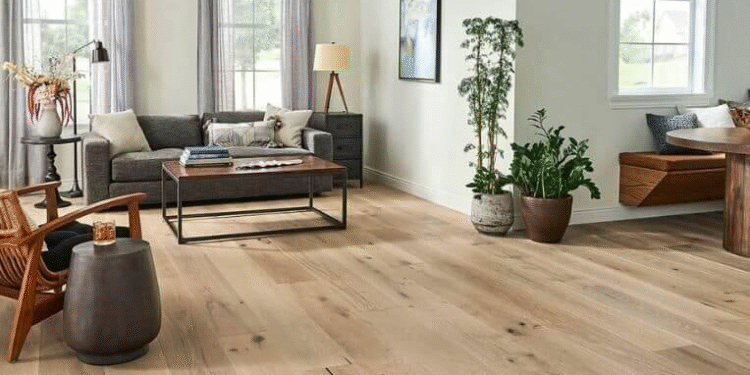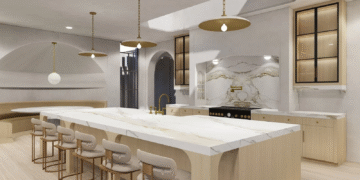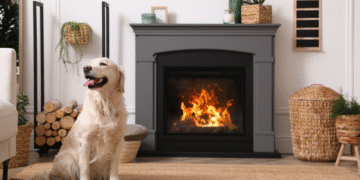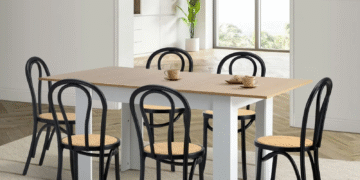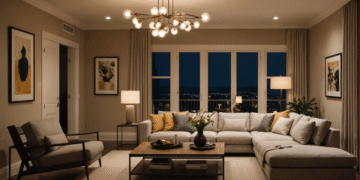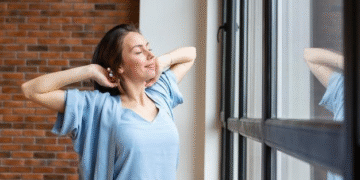The landscape of home renovation is constantly evolving, with new trends emerging each year that aim to combine aesthetics with functionality. Among these trends, the use of engineered timber flooring has seen a significant rise in popularity. This is due to its ability to offer the timeless elegance of hardwood while providing the benefits of modern technology. This article delves into the reasons behind the growing preference for engineered wood floors in contemporary home makeovers.
The Durability of Engineered Wood
When homeowners select materials for their renovation projects, durability is often at the top of their criteria list. Traditional solid hardwood floors are known for their longevity, but engineered timber flooring offers enhanced stability. This is because engineered wood is constructed from multiple layers of timber veneers bonded together, with the grain of each layer running in opposite directions. This unique composition minimizes the wood’s natural tendency to expand and contract with changes in temperature and humidity, making engineered floors a reliable choice for a wide range of climates.
Moisture Resistance and Versatility
Another benefit of engineered timber is its increased resistance to moisture compared to solid wood. This makes it an ideal choice for areas of the home that might be exposed to higher levels of humidity, such as kitchens and bathrooms. Engineered timber’s versatility extends beyond just its application in various rooms; it also offers a vast selection of finishes and styles, catering to diverse aesthetic preferences. From light, Scandinavian-inspired tones to deep, rich hues, there is an engineered wood option available to complement any design scheme.
Easy Installation and Maintenance
A prominent factor contributing to the rise of engineered timber floors in home renovations is the ease of installation. Unlike traditional hardwood, which often requires professional fitting, engineered wood options can be more DIY-friendly, with systems like ‘click-lock’ that simplify the process. This ease of installation can be a substantial cost-saver for homeowners. Maintenance is also more convenient, as engineered floors can be sanded and refinished to remove scratches and marks, extending their life and enhancing their cost-effectiveness over time.
Eco-Friendly Options
Today’s homeowners are increasingly environmentally conscious, seeking sustainable choices in their renovation projects. Engineered timber flooring has an advantage in this area as well, as it often uses less of the premium wood species compared to solid boards. This efficient use of resources makes it a more eco-friendly option. Additionally, the timber used in these floors often comes from responsibly managed forests, contributing to its sustainable appeal.
Sound and Heat Insulation
The construction of engineered wood offers improved sound absorption qualities, which is a considerable asset in busy households or multi-storey buildings. Furthermore, its ability to retain heat makes engineered timber an appealing choice for those looking to create a cosy and warm atmosphere while potentially reducing heating costs during cooler months. The luxury of stepping onto a naturally insulating wooden floor is one that continues to attract discerning renovators.
The Aesthetic Appeal of Engineered Timber
Despite the practical benefits engineered wood provides, its aesthetic appeal remains a driving force behind its popularity. The top layer of engineered flooring is made from real wood, which means it retains the natural grain and beauty that homeowners love about traditional timber. The range of available species, such as oak, ash, and walnut, allows for a bespoke look that can be tailored to match any home’s character and style.
Value for Money
Investment in engineered timber flooring is often seen as a wise financial decision for homeowners. Its longevity and ease of maintenance can lead to a higher resale value for the property, with many potential buyers appreciating the blend of durability and elegance that engineered wood offers. Additionally, while initial costs might be higher than some alternatives, the long-term benefits and reduced need for replacements can result in overall savings.
Engineered Timber in Contemporary Design
The trend in modern home design is increasingly towards open, airy spaces that are bathed in natural light. Engineered timber flooring complements this aesthetic beautifully, providing a graceful transition from room to room. The consistency of engineered flooring can enhance the sense of cohesion in a home’s design, providing a smooth visual flow that is both inviting and modern.
Compatibility with Underfloor Heating
One of the more recent demands in home comfort is underfloor heating, and engineered timber holds up well in this domain. Its resistance to heat-induced warping makes it a suitable choice for installation over underfloor heating systems, offering homeowners the luxury of warm floors during colder spells without risking damage to their beautiful timber finish.
Conclusion
The rise of engineered timber flooring is a testament to its ability to marry traditional hardwood charm with the practicalities that modern homeowners seek. Its durability, versatility, and aesthetic diversity make it a compelling choice for those embarking on home renovation projects, looking to invest in a floor that will offer comfort, style, and return on investment for years to come. As engineered timber continues to advance in strength, finish, and ecological sustainability, its place within the home renovation space seems poised to remain, firmly grounded in the evolving preferences of homeowners who desire the best of both worlds – the splendour of nature and the assurance of contemporary engineering.
For those considering integrating engineered timber into their homes, it’s a decision that embraces elegance and provides an assured step towards a timeless and durable home renovation.


